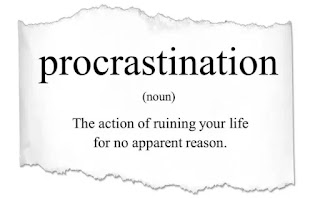September NLP Practitioner course offer

Unlock Your Potential with Our Neuro-Linguistic Programming (NLP) Course! Are you ready to transform your life, boost your confidence, and achieve your dreams? Discover the power of Neuro-Linguistic Programming (NLP) with our comprehensive and hands-on course designed just for you! SPECIAL OFFER - FOUR PLACES AT ONLY £995 WHICH IS A 33% DISCOUNT Why Choose Our NLP Course? Expert Instructors: Learn from certified NLP practitioners with years of experience in the field. Practical Techniques: Master powerful NLP techniques that you can apply immediately in your personal and professional life. Flexible Learning: Enjoy the convenience of online classes, allowing you to learn at your own pace, anytime, anywhere. Supportive Community: Join a vibrant community of like-minded individuals who are on the same transformative journey. What You Will Learn: Effective Communication: Enhance your communication skills to connect better with others and build stronger relationships. Behavioral Chan





